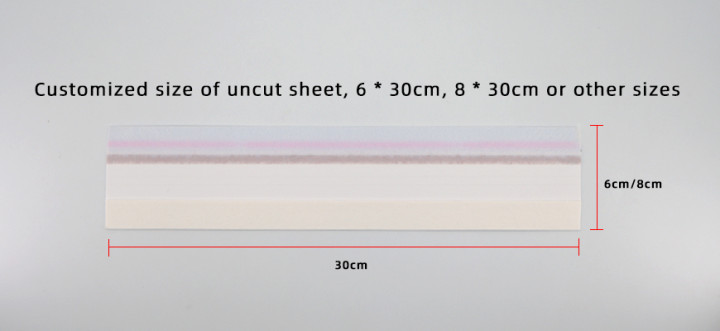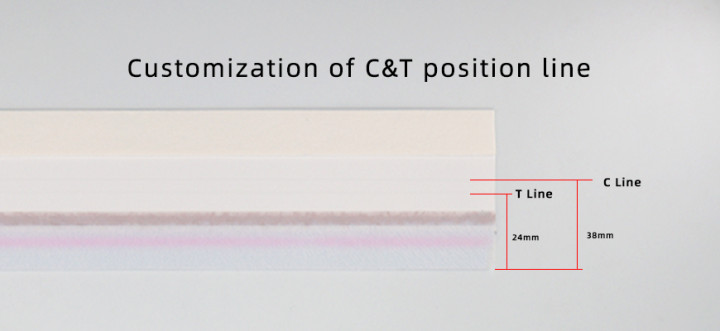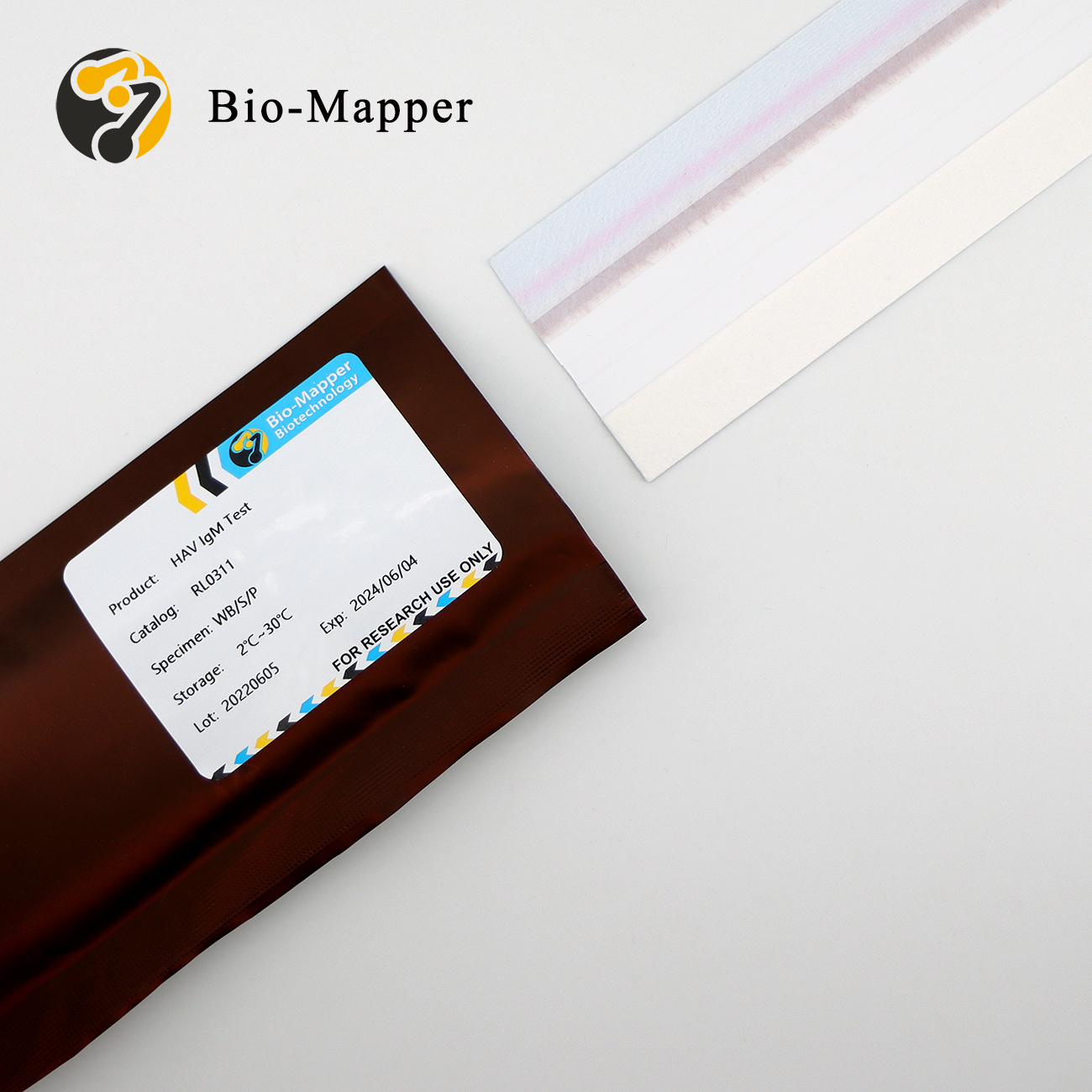Detailed description
Hepatitis E is caused by the formed hepatitis virus (HEV). HEV is an enterovirus with clinical symptoms and epidemiology similar to hepatitis A.
Anti-HEIgM is detected in serum during the acute phase of viral hepatitis E and can be used as an early diagnostic indicator. Low titer anti-HEIgM can also be measured during convalescence.
Hepatitis E is an acute infectious disease transmitted by the mouth of feces. Since the first outbreak of hepatitis E in India in 1955 due to water pollution, it has been endemic in India, Nepal, Sudan, Kyrgyzstan of the Soviet Union and Xinjiang in China.
In September 1989, the Tokyo International Conference on HNANB and Blood Infectious Diseases officially named hepatitis E, and its causative agent, Hepatitis E Virus (HEV), belongs taxonomically to the genus Hepatitis E virus in the family Hepatitis E virus.
(1) Detection of serum anti-HEV IgM and anti-HEV IgG: EIA detection is used. Serum anti-HEV IgG began to be detected 7 days after onset, which is one of the characteristics of HEV infection;
(2) Detection of HEV RNA in serum and feces: Usually samples collected in the early stage of onset are collected using RT-PCR forensic science education network search.












